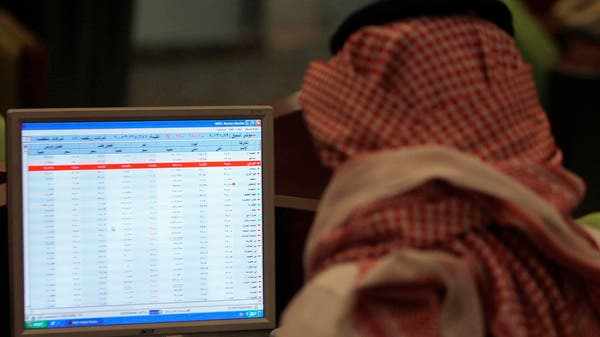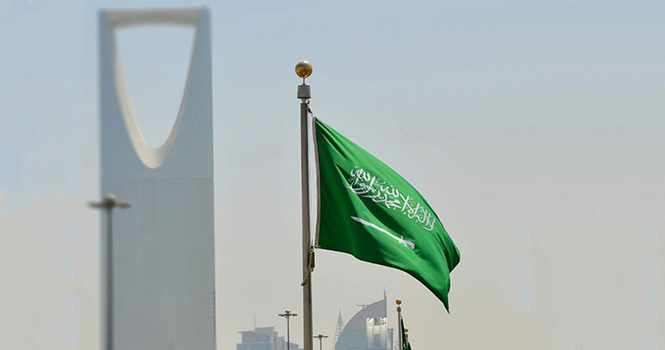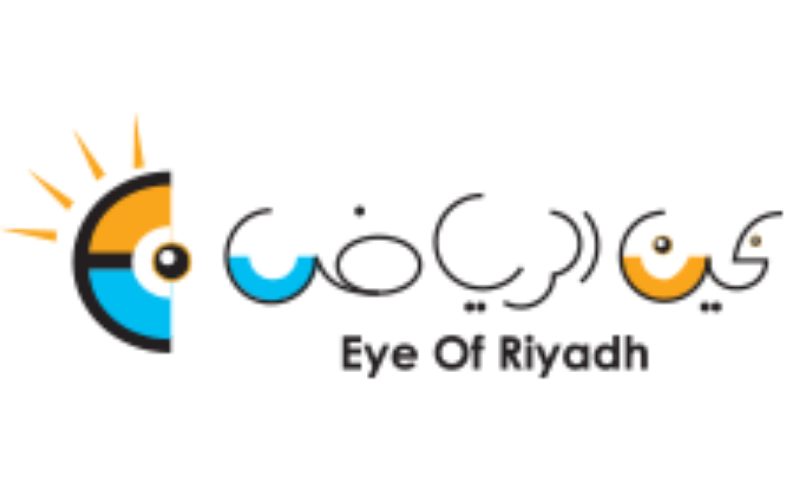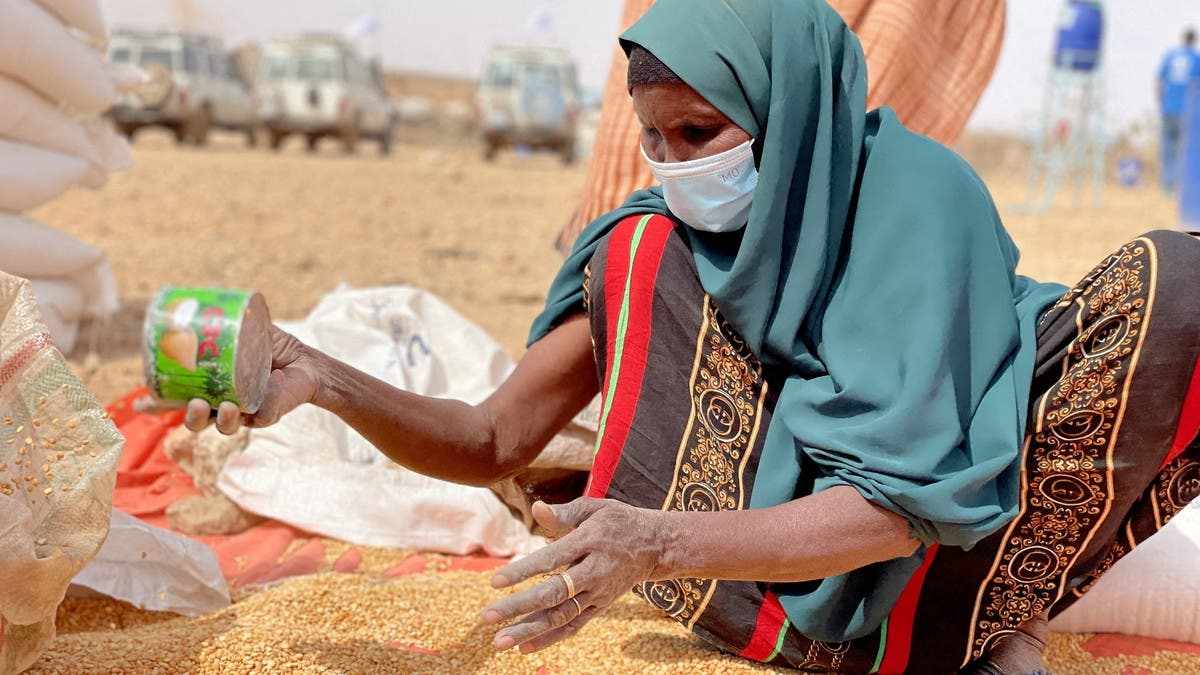The World Bank’s 2020 country classifications explained
- Date: 04-Aug-2020
- Source: World Economic Forum
- Sector:Economy
- Country:Middle East
The World Bank’s 2020 country classifications explained
Seven countries have moved into a higher income bracket in the World Bank's latest country classifications.
Three have fallen.
This year's groupings could change radically once the effects of the pandemic are clear.
The World Bank's most recently updated country classification list provides a snapshot of the pre-pandemic economic health of the international community. The latest updates are released in July every year.
To create the category listings, the World Bank reviews all 189 of its member countries, plus 28 other economies with populations greater than 30,000. This year's update is based on data collected before the coronavirus pandemic disrupted the global economy.
What are the World Bank country classifications?
The World Bank groups economies into one of four categories: low income, lower-middle income, upper-middle income, high income.
The categories are used to show how different groups of countries are doing against measures such as reducing poverty, growth, increasing income per head of population, and so on. For example, the data shows that while more than 6 in 10 of the world's population lived in low-income countries in the 1990s, today it has fallen to around 1 in 10.
Gross national income (GNI) per capita is the main indicator of how well off























